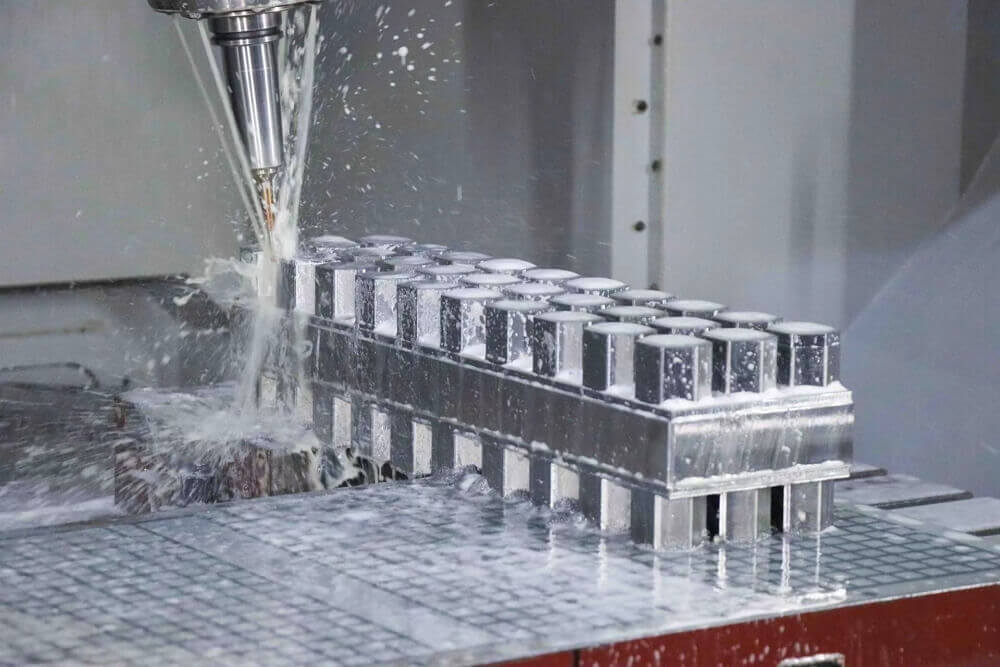Injection molding technology has undergone significant advancements in recent years, revolutionizing the production processes across various industries. One of the most notable innovations is the development of smart injection molding machines. These machines are equipped with advanced sensors and real-time monitoring capabilities that enable precise control over the molding process. By continuously collecting and analyzing data, these smart systems can detect and correct anomalies in real time, significantly reducing defects and improving overall product quality. This not only enhances efficiency but also minimizes material waste, making the production process more sustainable. Another groundbreaking innovation is the integration of artificial intelligence AI and machine learning into injection molding. AI algorithms can predict potential issues before they occur, allowing for preemptive adjustments that maintain optimal production conditions. Machine learning models can also analyze historical production data to optimize process parameters, leading to reduced cycle times and increased throughput. The implementation of AI-driven predictive maintenance further ensures that machines operate at peak performance, reducing downtime and maintenance costs.

The advent of advanced materials has also played a crucial role in the evolution of injection molding technology. The development of high-performance polymers and composites has expanded the range of applications for injection-molded parts. These materials offer superior mechanical properties, chemical resistance, and thermal stability, making them suitable for demanding applications in the automotive, aerospace, and medical industries. Additionally, the use of biodegradable and recycled materials in injection molding is gaining traction, aligning with global sustainability initiatives and reducing the environmental impact of plastic production. Additive injection molding companies, commonly known as 3D printing, is another innovation that is reshaping the injection molding landscape. Hybrid manufacturing processes that combine traditional injection molding with 3D printing allow for greater design flexibility and complexity. This approach enables the production of intricate parts that were previously impossible or cost-prohibitive to manufacture. Moreover, 3D printing can be used to create molds and tooling, significantly reducing lead times and costs associated with traditional mold-making techniques. This synergy between injection molding and additive manufacturing opens up new possibilities for rapid prototyping and small-batch production.
Automation and robotics are also transforming injection molding operations. The integration of robotic systems for tasks such as part removal, assembly, and quality inspection enhances the speed and accuracy of the production process. Collaborative robots, or cobots, can work alongside human operators, improving safety and efficiency. These automated solutions not only boost productivity but also allow for greater consistency and precision in mold manufacturing, which is crucial for high-volume production. Lastly, advancements in simulation software have revolutionized the design and optimization of injection molding processes. Sophisticated computer-aided engineering CAE tools enable engineers to simulate and analyze the entire molding process, from material flow and cooling to part deformation and stress distribution. This virtual testing capability allows for the identification and mitigation of potential issues before physical production begins, reducing the need for costly trial-and-error iterations. In conclusion, the latest innovations in injection molding technology are driving significant improvements in production efficiency, product quality, and sustainability. The integration of smart systems, AI, advanced materials, additive manufacturing, automation, and sophisticated simulation tools is transforming the injection molding industry, enabling manufacturers to meet the increasing demands for high-performance, cost-effective, and environmentally friendly products.

